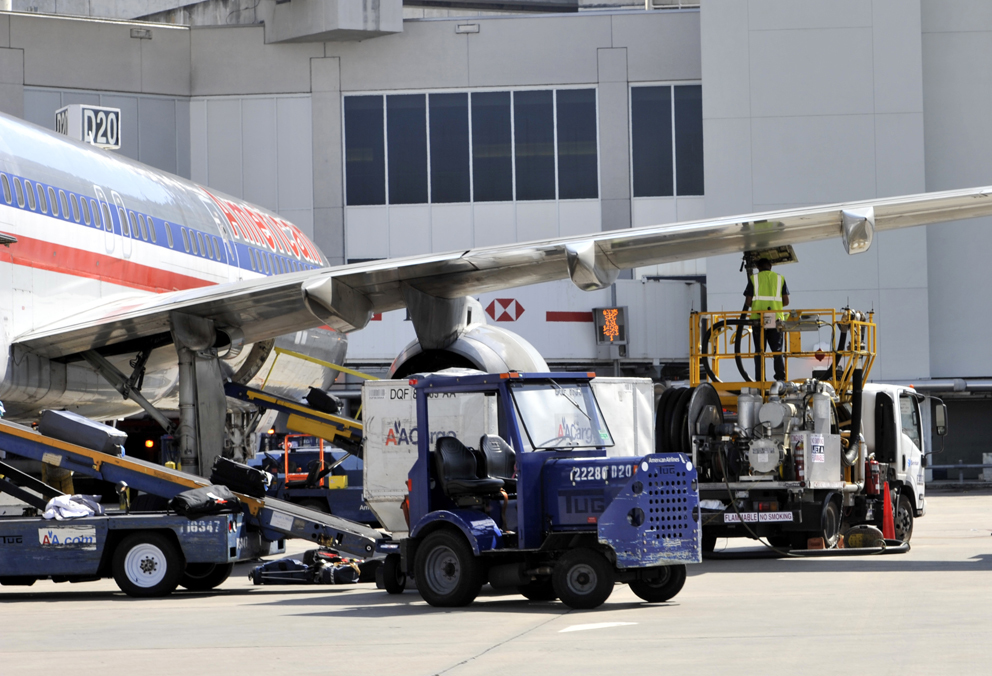The Commercial Aviation Alternative Fuels Initiative (CAAFI) recently celebrated its 10th anniversary working toward sustainable jet fuels. The Federal Aviation Administration (FAA) and other sponsors founded the coalition a decade ago to promote the development and deployment of alternative jet fuels that sustainably reduce lifecycle carbon emissions and local pollution around airports.
In CAAFIs first few years, CAAFI members worked with industry to establish processes to include alternative jet fuel pathways in the industry’s fuel specifications. Five new alternative fuel pathways have been approved since 2009:
- Alcohol to Jet Synthetic Paraffinic Kerosene (ATJ-SPK), which is created from isobutanol, derived from renewable feed stocks such as sugar, corn or forest wastes.
- Synthesized Iso-parafins (SIP) which convert sugars into jet fuel.
- Hydro-processed Esters and Fatty Acids Synthetic Paraffinic Kerosene (HEFA-SPK), which use fats, oils and greases.
- Fischer-Tropsch Synthetic Paraffinic Kerosene (FT-SPK) and Fischer-Tropsch Synthetic Kerosene with Aromatics (FT-SKA). Both fuels use various sources of renewable biomass such as municipal solid waste, agricultural wastes and forest wastes, wood and energy crops. These fuels can also be made from fossil resources such as coal and natural gas.
Additional ASTM task forces are currently working on the approval of a half dozen more fuel production pathways. In support of these newly-approved alternative jet fuels, CAAFI also has developed an array of evaluative tools and resources for new fuel producers. CAAFI is also involved in fostering airline and fuel producer agreements. This year, United Airlines became the first U.S. airliner to use a commercial-scale, sustainable aviation biofuel for regularly-scheduled flights.
Other recent milestones included the longest biofuel fight to date, on 29th May 2016, performed by a Cathay Pacific A350-900 between Toulouse, France and Hong Kong International Airport.
In spite of these advances, experts agree that the prospects for rapid, industrial-scale growth remain uncertain. As the website biofuelsdigest.com recently noted, “Projects that use biobased feedstocks that can be converted into renewable fuels, chemicals, advanced foods, and biobased materials … have not materialized in the numbers that would support rapid growth because of immature technology (expressed in unreliable operation, or high costs), and poor returns for the risk profile associated with technologies as they mature.”

